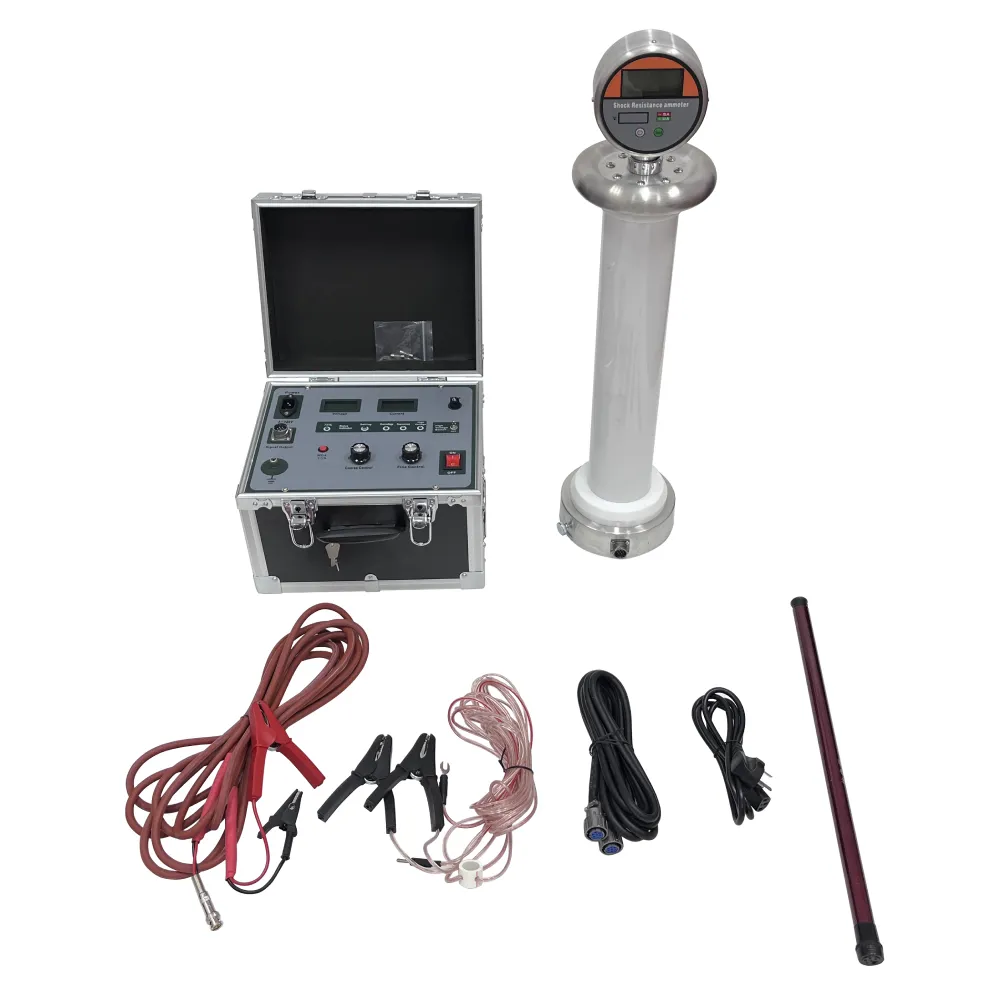 English
English



-
 Afrikaans
Afrikaans -
 Albanian
Albanian -
 Amharic
Amharic -
 Arabic
Arabic -
 Armenian
Armenian -
 Azerbaijani
Azerbaijani -
 Basque
Basque -
 Belarusian
Belarusian -
 Bengali
Bengali -
 Bosnian
Bosnian -
 Bulgarian
Bulgarian -
 Catalan
Catalan -
 Cebuano
Cebuano -
 China
China -
 China (Taiwan)
China (Taiwan) -
 Corsican
Corsican -
 Croatian
Croatian -
 Czech
Czech -
 Danish
Danish -
 Dutch
Dutch -
 English
English -
 Esperanto
Esperanto -
 Estonian
Estonian -
 Finnish
Finnish -
 French
French -
 Frisian
Frisian -
 Galician
Galician -
 Georgian
Georgian -
 German
German -
 Greek
Greek -
 Gujarati
Gujarati -
 Haitian Creole
Haitian Creole -
 hausa
hausa -
 hawaiian
hawaiian -
 Hebrew
Hebrew -
 Hindi
Hindi -
 Miao
Miao -
 Hungarian
Hungarian -
 Icelandic
Icelandic -
 igbo
igbo -
 Indonesian
Indonesian -
 irish
irish -
 Italian
Italian -
 Japanese
Japanese -
 Javanese
Javanese -
 Kannada
Kannada -
 kazakh
kazakh -
 Khmer
Khmer -
 Rwandese
Rwandese -
 Korean
Korean -
 Kurdish
Kurdish -
 Kyrgyz
Kyrgyz -
 Lao
Lao -
 Latin
Latin -
 Latvian
Latvian -
 Lithuanian
Lithuanian -
 Luxembourgish
Luxembourgish -
 Macedonian
Macedonian -
 Malgashi
Malgashi -
 Malay
Malay -
 Malayalam
Malayalam -
 Maltese
Maltese -
 Maori
Maori -
 Marathi
Marathi -
 Mongolian
Mongolian -
 Myanmar
Myanmar -
 Nepali
Nepali -
 Norwegian
Norwegian -
 Norwegian
Norwegian -
 Occitan
Occitan -
 Pashto
Pashto -
 Persian
Persian -
 Polish
Polish -
 Portuguese
Portuguese -
 Punjabi
Punjabi -
 Romanian
Romanian -
 Russian
Russian -
 Samoan
Samoan -
 Scottish Gaelic
Scottish Gaelic -
 Serbian
Serbian -
 Sesotho
Sesotho -
 Shona
Shona -
 Sindhi
Sindhi -
 Sinhala
Sinhala -
 Slovak
Slovak -
 Slovenian
Slovenian -
 Somali
Somali -
 Spanish
Spanish -
 Sundanese
Sundanese -
 Swahili
Swahili -
 Swedish
Swedish -
 Tagalog
Tagalog -
 Tajik
Tajik -
 Tamil
Tamil -
 Tatar
Tatar -
 Telugu
Telugu -
 Thai
Thai -
 Turkish
Turkish -
 Turkmen
Turkmen -
 Ukrainian
Ukrainian -
 Urdu
Urdu -
 Uighur
Uighur -
 Uzbek
Uzbek -
 Vietnamese
Vietnamese -
 Welsh
Welsh -
 Bantu
Bantu -
 Yiddish
Yiddish -
 Yoruba
Yoruba -
 Zulu
Zulu
sludge test of transformer oil
Understanding the Sludge Test of Transformer Oil
Transformer oil plays a crucial role in the safe and efficient operation of power transformers. As an insulating and cooling medium, its condition directly affects the performance and longevity of the transformer. One of the key tests performed to assess the quality of transformer oil is the sludge test. This article explores the significance of the sludge test, the procedure involved, and its implications for transformer maintenance.
What is Sludge in Transformer Oil?
Sludge in transformer oil refers to the solid and semi-solid contaminants that accumulate over time due to various factors. These factors include oxidation, thermal breakdown, and contamination from moisture and particulate matter. The accumulation of sludge can lead to several issues, including reduced insulating properties, impaired heat dissipation, and potential transformer failures. Thus, monitoring sludge levels is vital for maintaining transformer health.
Significance of the Sludge Test
The sludge test serves as an important diagnostic tool in the oil testing process. By determining the sludge percentage in transformer oil, technicians can evaluate the oil's quality and identify potential risks to the transformer. A higher sludge percentage often indicates a higher likelihood of degradation and operational issues. Regular sludge testing is essential as it helps in planning maintenance activities and ensuring compliance with safety standards.
The Sludge Test Procedure
The sludge test typically involves several steps
sludge test of transformer oil

1. Sample Collection A representative sample of transformer oil is collected from different parts of the transformer to ensure accurate results. 2. Filtration The oil sample is filtered to remove larger particulate matter, which could interfere with the test results. 3. Centrifugation The filtered oil is then subjected to centrifugation, where it is rotated at high speeds to separate the sludge from the oil. The centrifugal force causes the denser sludge particles to settle at the bottom. 4. Measurement After centrifugation, the volume of sludge that has settled is measured against the total volume of the oil sample. This measurement is expressed as a percentage.
5. Analysis The recorded sludge percentage is analyzed against established benchmarks and guidelines. A sludge percentage above a certain threshold may indicate that the transformer oil needs to be treated or replaced.
Implications of Sludge Levels
The results of the sludge test have direct implications for transformer maintenance and management. Generally, sludge levels of less than 0.5% are considered acceptable and indicative of good oil quality. However, if the sludge percentage exceeds this level, it may signal a need for oil filtration, treatment, or even a complete oil change.
The presence of sludge also points to other potential issues, such as excessive moisture content or the presence of acidic products from oil degradation. Therefore, a sludge test can often lead to additional testing, including dissolved gas analysis (DGA) and moisture content assessment, to create a comprehensive picture of the transformer’s health.
Conclusion
The sludge test of transformer oil is a fundamental practice in the electrical power industry that helps ensure the reliability and efficiency of transformers. By determining the sludge percentage in oil samples, maintenance teams can proactively address potential problems, extending the lifespan of the transformer and preventing costly downtime. As technology evolves, the methods for testing and assessing transformer oil continue to improve, further enhancing the safety and efficiency of power systems globally. Regularly performing sludge tests is thus not just a procedural requirement, but a critical component of effective transformer management.
-
Testing Equipment Industry Sees Major Advancements in 2025: Smart & Precision Technologies Lead the WayNewsJun.06,2025
-
Applications of Direct Current Generators in Renewable Energy SystemsNewsJun.05,2025
-
Hipot Tester Calibration and Accuracy GuidelinesNewsJun.05,2025
-
Digital Circuit Breaker Analyzer Features and BenefitsNewsJun.05,2025
-
Benefits of Real-Time Power Quality Monitoring Devices for Industrial EfficiencyNewsJun.05,2025
-
Earth Fault Loop Testing in High-Rise Building Electrical SystemsNewsJun.05,2025



